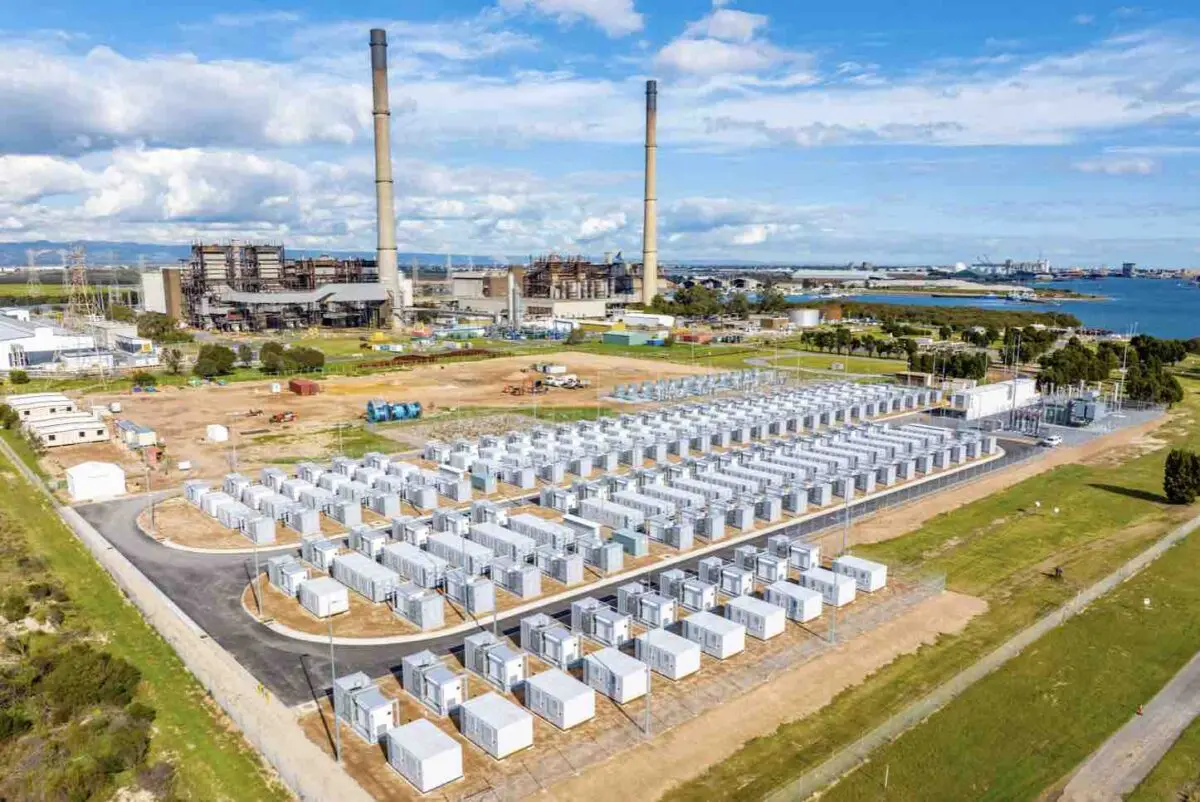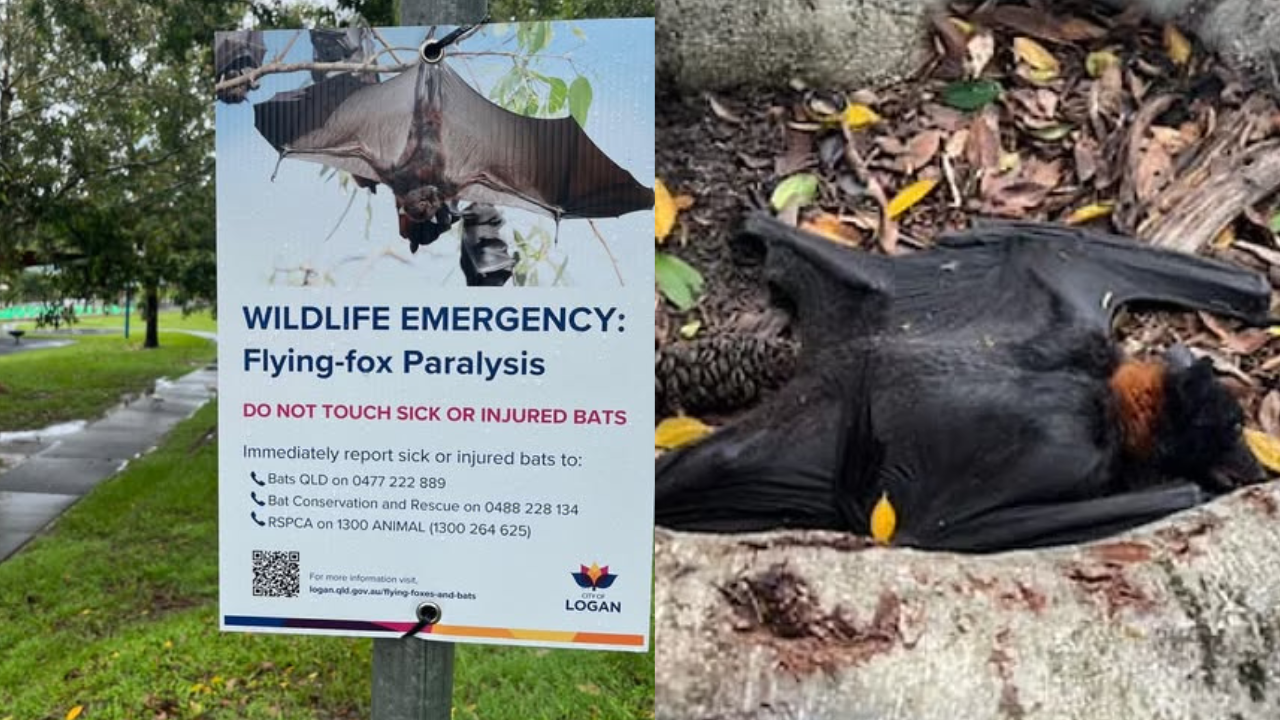“Absolutely world leading:” Why Australia is leading the charge away from baseload power

- by Admin
- September 22, 2024

It has become the key part of the debate around Australia’s energy transition: Will a future grid depend on the old paradigms of baseload and peaking plants? Or can a grid dominated by variable renewables and supported by dispatchable power support a modern economy?
It’s a fundamental question, because those arguing that the life of Australia’s ageing coal fired generators should be extended and then replaced with “always on” nuclear power plants insist that baseload is the only way to power a modern economy.
Those that support a green energy transition, based around low cost variable wind and solar, backed up by storage and other flexible and dispatchable power sources, say otherwise. And that accounts for just about everyone in the Australian energy industry.
Opinions vary about the speed of the transition, and the balance between distributed and centralised generation, and the focus on new transmission, but few doubt it can, and because of the climate and environmental imperatives, that it should be done.
The institution that finds itself in the middle of this debate is the Australian Energy Market Operator, which now has the dual responsibility of keeping the lights on, and laying out a multi-decade roadmap of how the grid should transition beyond coal.
And it has no doubt that a transition to a 100 per cent, or even a near 100 per cent renewable grid is not just possible, but necessary and the lowest cost option given the options that Australia has available to it – namely its wealth of wind and solar resources.
“The construct of base load and peaking is that you want consumers to have the lowest cost generation possible, the lowest cost way to meet energy consumers needs,” AEMO CEO Daniel Westerman says in the latest episode of Renew Economy’s weekly Energy Insiders podcast.
“And historically the lowest cost has been coal. Always on, it provided the base load of the power system because it was the cheapest. And it was supplemented by peaking capacity … and that peaking was often gas, because it was the next most expensive.
“And then you dispatch them in as you as you sort of go through the merit order, more and more expensive plants to meet consumers needs
“Today, though, the lowest cost form of energy for consumers is renewable energy. It’s free when the sun shines and the wind blows, but it’s not there all the time.
“But so what you do want is a power system that maximizes the output of the lowest cost form of energy for consumers, that’s variable renewable energy, and then to fill in the gaps of that variable renewable energy with firming and ultimately backup power.
“So we’ve sort of gone from an old historic construct of base load and peaking to today’s world, and frankly, the future world of variable renewable energy and firming. And that’s kind of the new paradigm that we find ourselves in in the power system.”
The argument against this, made most loudly by the renewable energy critics, is that it has never been done before, at least not in large multi-gigawatt scale grids. But that’s not to say that it can’t be done.
Already, the owners of the major coal generators recognise that the future does not lie in base-load. They are being forced to try and adapt their remaining coal assets to ramp up and down in ways not previously imagined to dance around rooftop solar, and lower cost large scale renewables.
One of AEMO’s main priorities is to develop an engineering roadmap that will allow grid to operate at 100 per cent renewables at times, and Westerman is confident that can happen sometime soon.
The average share of renewables in Australia’s main grid is around 40 per cent, and the peak so far has been 72 per cent.
But in Western Australia, which is an isolated grid not connected to another state, the peak share of wind and solar was 84 per cent. And in South Australia, when the state was electrically isolated from the rest of the grid, the peak share of wind and solar was 91.5 per cent.
“That is absolutely world leading, and I’m really proud of the the engineering that our teams have done, and also the collaboration with networks and with industry that’s allowed that to happen,” Westerman says.
“Because now that we know we can run grids at at high renewable penetration, the challenge is to continue to identify those remaining barriers and collaboratively together remove those so that when the market decides to deploy renewable energy, that it’s available and ready and there’s no technical constraints.”
One thing that has changed slightly in the thinking of the AEMO engineers is that spinning machines will be essential in a renewables only grid, to provide all the essential services that a grid relies upon, including system strength and fault current.
Some of these can be provided by grid-forming inverters, but the view at the moment within AEMO is that spinning machines will be necessary. These do not need to burn coal or gas, however, and can be synchronous condensers as already installed in parts of the grid, or a coal or gas turbine that no longer burns fuel.
“Can I stand here and confidently say that we can hit 100% renewables all the time, not yet, but I’m confident that we will,” Westerman says.
“And I think through what we’ve seen in both the Western Australian grid, the South Australian experience, while the state was isolated, what we see in South Australia, almost every day, where the amount of renewable energy that’s provided by the sun and the wind that is made stable by those synchronous condensers that are there.
“It does give me a lot of confidence that that this is not only an achievable aspiration, but as mapped out in the ISP (integrated system plan), this is the lowest cost way to get to net zero.”
You can listen to the full interview with Westerman in the latest episode of Energy Insiders here.
The Latest News
-
December 27, 2024Molineux faces surgery as Aussies reveal Ashes squad | cricket.com.au
-
December 27, 2024Novak Djokovic response when asked if Roger Federer’s dominance of tennis was over after he won his first Australian Open title ever
-
December 27, 2024Paying tribute to those golf lost in 2024 – Australian Golf Digest
-
December 27, 2024Don’t like pills? Here’s an alternative pain-management treatment to consider for your golf aches and pains – Australian Golf Digest
-
December 27, 2024Charley Hull shares grueling Christmas workout, puts all of us to shame – Australian Golf Digest


